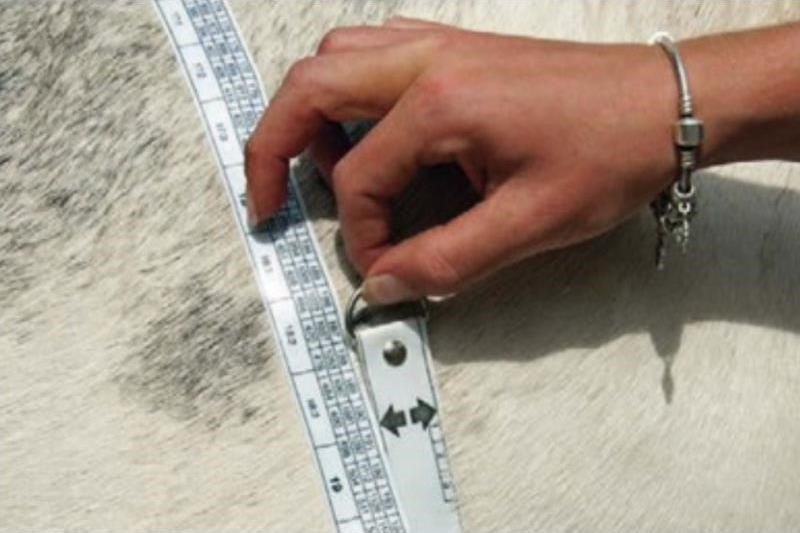There are health concerns associated with being overweight, such as laminitis and arthritis, so it is important to rectify the problem. However, it is just as important to manage weight loss safely, as starving a horse can have serious consequences including colic and, potentially fatal, hyperlipaemia.
Most healthy horses should be allowed access to ad-lib forage. This is a natural way of feeding that is sympathetic to the horse’s digestive system, which has evolved for little and often feeding.
By using a suitable diet and management regime, as well as increasing exercise if possible, weight loss can be successfully achieved and maintained in most cases without excessive restriction.
GRAZINE
Overweight horses need to have their grazing restricted. The ideal way of controlling grass intake (and encouraging weight loss) is to graze poor quality hill land. This is beneficial because it combines less-productive grass species with a larger area to graze, which increases exercise. However, this is not a luxury available to many. Therefore, access to grazing must be restricted in other ways e.g. co-grazing with other species (e.g. sheep), using a grazing muzzle, reducing paddock size with electric fencing (e.g. strip grazing) or turning out in an all-weather turnout pen or hard standing, with a safely hung net of soaked hay or a tub of straw chop.
Restricting the time spent on good grass can be of limited benefit compared to other options, as horses will increase their intake rate during the time given! However, it may be the only practical solution.
CONSERVED FORAGE (HAY)
In the interest of maintaining fibre intake, horses should be provided with conserved forage at times when they do not have access to pasture. It is better to lower the nutritional quality of the forage provided, rather than reducing the amount fed, in order to aid weight loss.
Low Non-Structural Carbohydrate (NSC) hay (<10%) is the most suitable conserved forage to use, often in the form of late-cut meadow hay. This has been virtually impossible to buy this winter because most hay was made in June last summer.
If hay quality is unknown, is can be analysed but in the meantime, soaked in ample cool, fresh water for between 3 and 12 hours to significantly reduce its sugar and calorie content. If necessary, the quantity of hay fed can be restricted to 1.5% of bodyweight per day (e.g. 7.5kg for a 500kg horse).
It is often helpful to use haynets with small holes to increase the time spent eating without increasing the amount fed.
Horses should not be left to stand for longer than 6 hours without forage available, as this will disrupt the normal microbial balance in the hindgut and increase the risk of gastric ulcers.
FORAGE PLACERS
An extremely low-calorie and low sugar/ starch chopped oat straw can be used to partially replace hay by providing an extremely low-calorie forage replacement. This will help prevent horses from standing for too long without access to forage (starving).
HARD FEED
Despite the requirements for fewer calories, the horse’s requirements for vitamins, minerals and trace-elements does not alter. Therefore, it is important to continue to supplement them in the diet.
For horses that have not suffered from laminitis, a top specification ‘ lite’ feed balancer is ideal and will provide the micronutrients needed to balance the diet for light work, whilst supplying very few calories. A top specification ‘Lite’ feed balancer should include a broadspectrum supplement and a hoof supplement.
For older horses, a top specification ‘ lite’ feed balancer which also supplies a joint supplement (10g glucosamine per 500kg per day) is an extremely cost-effective solution.
For horses susceptible to, being treated for or recovering from laminitis, a top specification pelleted multi-supplement will provide a higher and more appropriate level of micronutrient support.
---
Article supplied by nutritionists from the TopSpec Multiple Award-Winning-Helpline. They can be contacted, free of charge, on 01845 565030
